India-UAE to work on IME Economic Corridor protocols in May
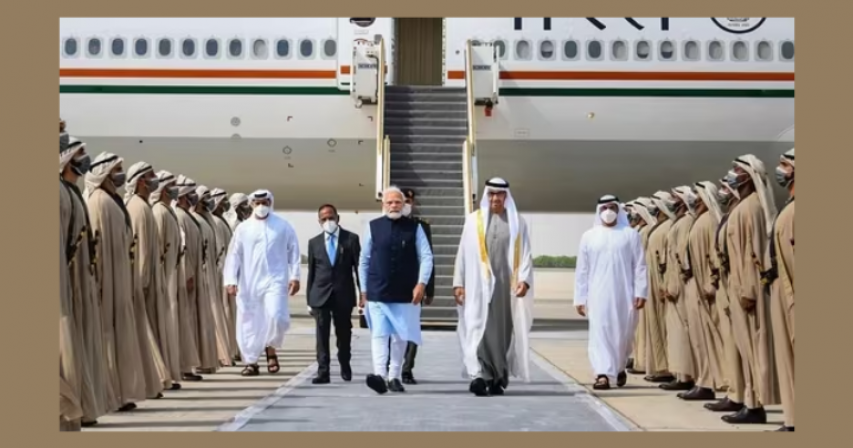
India and the United Arab Emirates (UAE) have embarked on a significant initiative to bolster trade relations and establish the India-Middle East-Europe Economic Corridor (IMEEC). Despite regional tensions, the two countries are forging ahead with plans to enhance economic connectivity and streamline trade processes.
The IMEEC, a brainchild of Indian Prime Minister Narendra Modi and UAE President Sheikh Mohamed bin Zayed Al Nahyan, aims to create a seamless trade route linking India, UAE, Jordan, Saudi Arabia, Israel, Europe, and the United States. This ambitious project is supported by the Biden administration and is poised to integrate the markets of participating countries, facilitating smoother trade flows and boosting economic growth.
Key to the success of the IMEEC is the establishment of protocols that ensure the swift clearance of consignments at various ports along the corridor. These protocols, to be finalized through upcoming meetings between Indian and UAE officials, will enable the efficient movement of goods from Indian ports like Mundra to destinations in Europe and America via UAE's Fujairah port, without the need for container reopening.
Despite geopolitical challenges in the Middle East, particularly in the aftermath of conflicts such as the Gaza war, India and UAE remain committed to advancing the IMEEC. Their cooperation underscores the strategic importance of enhancing economic ties and diversifying trade routes in the region. While geopolitical dynamics may affect certain aspects of the project, both countries are determined to overcome obstacles and realize the full potential of the corridor.
Moreover, the IMEEC holds promise for expanding bilateral trade between India and UAE, which currently stands at USD 85 billion and is poised for further growth. By streamlining trade processes and reducing logistical hurdles, the corridor is expected to facilitate greater trade volumes and foster deeper economic cooperation between the two nations.
In addition to bilateral discussions, the IMEEC will be a key agenda item during high-level meetings between India, the United States, and other stakeholders. The involvement of global partners underscores the significance of the corridor as a driver of regional economic integration and prosperity.
As preparations for the IMEEC gather momentum, stakeholders are keenly focused on ironing out logistical and regulatory challenges to ensure the seamless operation of the corridor. By leveraging technological solutions and fostering collaboration among participating countries, the IMEEC aims to become a model for regional economic cooperation and connectivity.
In conclusion, the India-Middle East-Europe Economic Corridor represents a transformative initiative that has the potential to reshape trade dynamics and promote economic development across multiple regions. Despite the complexities involved, India and UAE are demonstrating strong commitment to realizing this vision, underscoring the importance of cooperation and partnership in fostering sustainable economic growth and prosperity.
By: Sahiba Suri
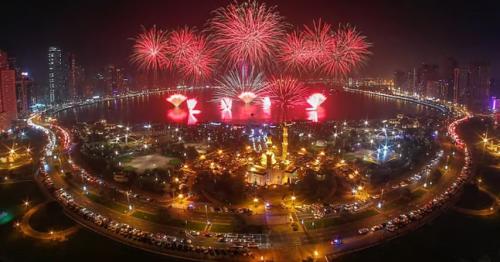
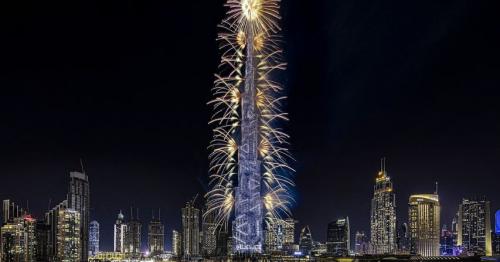
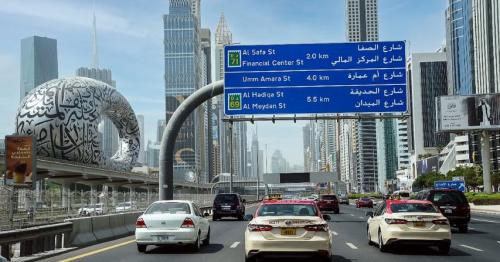
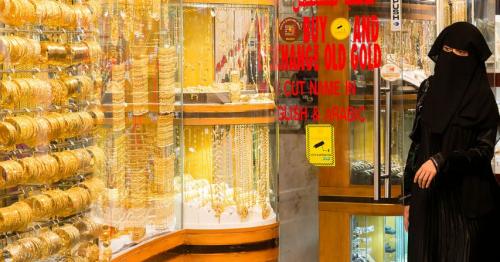

Comments